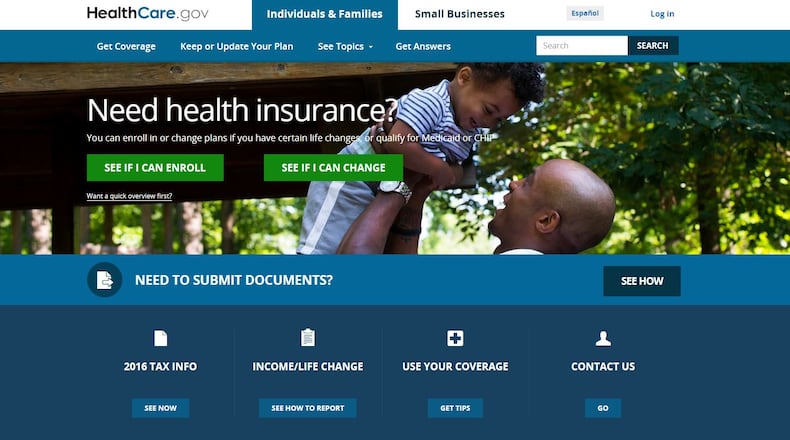RELATED: Dayton’s CareSource expanding amid uncertain times for Obamacare
About 11 percent of the increase is because the Ohio Department of Insurance required insurance companies to assume that the payments, called cost sharing reduction payments, will end. The Trump administration is now deciding on a month-to-month basis whether to make the payments and so far has continued to make them.
Christopher Brock, spokesman for the Ohio department, said the reason his office made insurers assume the federal subsidies will end is because if the payments were to suddenly stop, and insurance companies no longer had that money to help offer lower prices on deductibles and co-payments, then the insurance companies would either have to take a loss or suddenly drop out.
“That’s not good for the consumer and it’s certainly not good for the market as well,” he said.
RELATED: Cuts to Obamacare outreach: What you need to know
Looking back over the last five years, the cost of buying insurance through the exchanges has continued to climb.
In 2013, the weighted average premium for an individual market plan was $2,650.17 and in 2018, it will be $5,798.83. That is a 119 percent increase.
The insurance department reported the average cost of insurance in the small group market has stayed level from 2017 to 2018 – with only an increase of one-half of one percent. Overall, the weighted average premium increased 84 percent from 2013 to 2018, from $4,041.66 to $7,444.34.
Along with higher costs, there will be less options this year to chose from. There are 62 counties with only one or two insurers selling options, compared to last year when all 88 counties had at least four.
While there were 17 companies that sold on Ohio exchanges last year, there are only eight companies selling this year, after companies like Premier Health Plan and Anthem Blue Cross and Blue Shield dropped out.
“So it’s basically half the participation that we had just last year,” Brock said.
RELATED: High Medicaid, Medicare use in Dayton increases health care costs
In addition, the insurance policies might not cover certain providers and may not offer the same co-pays, co-insurance and deductibles as plans that policy holders currently have.
There will also be a shorter period to enroll in plans this year and less advertising urging Ohioans to sign up in time.
People will need to enroll in an insurance plan by between Nov. 1 and Dec. 15, compared to last year’s enrollment period from Nov. 1 to Jan. 31.
RELATED: Cuts suspend efforts by local Affordable Care Act outreach office
The Trump administration also cut the budget by 90 percent for marketing and advertising this year, citing the declining number of first-time enrollees in Affordable Care Act coverage, which fell by 42 percent this year compared with 2016.
The federal government is additionally rolling back its support for groups that offer one-on-one support for buying plans on the marketplaces, with funding for these groups cut from $63 million to $36 million.
Insurers selling 2018 plans in local counties
Butler: Buckeye, CareSource, Medical Health Insuring Corp., Molina
Champaign: Buckeye, Medical Health Insuring Corp.
Clark: Buckeye, CareSource, Medical Health Insuring Corp., Molina
Darke: Buckeye
Greene: Buckeye, CareSource, Molina
Montgomery: Buckeye, CareSource, Molina
Preble: Buckeye, CareSource
Warren: Buckeye, CareSource
Miami: CareSource
About the Author
